Noor (“light”) opened in March 2016 in Cordoba, the birthplace of chef Paco Morales. He had previously gained a star for the restaurant Paco Morales in Bocairente, after having trained in kitchens such as El Bulliand Mugaritz, where he was head chef. Noor gained a second Michelin star in 2019 and a third Michelin star in the 2023 guide. Mr Morales is interested in culinary history and worked with food historian Rosa Tovar to get an insight into the cuisine of the era of Cordoba’s Arabic past. His book includes 65 recipes that reflect Spanish/Muslim cuisine with a very modern perspective. Clearly he is creating a modern interpretation of the food of that mediaeval era rather than trying to reproduce it precisely, but it is nice to see a chef interested in food history. Supporting Paco Morales is head chef Paolo Gualandi and a team of nine chefs along with half a dozen waiting staff and the sommelier Joel Prados.
The restaurant is in a quiet side street in Cordoba near the San Rafael cemetery, about one and a half miles from the beautiful historic district of the city. The dining room has an attractive central skylight and large, widely spaced tables looking into the open kitchen. There were just eight tables in all. The format is tasting menu only, though there were three such menus available, at €160, €185 and €270. We went for the longest of these.
The wine list had 395 labels and ranged in price from €35 to €1,800, with a median price of €140 and an average markup to retail price of 1.98 times, which is very low by the standards of high-end restaurants in Europe, though not unknown in Spain, where for some reason the markup levels on wine are generally modest compared to some other countries. Sample references were Azienda Agricola Cos Nero di Lupo 2015 at €45 for a bottle that you can find in the high street for €23 Bodega Marañones Piesdescalzos 2020 at €60 compared to its retail price of €26, and López de Heredia Viña Tondonia Reserva 2011 at €80 for a wine that will set you back €61 in the high street. For those with the means there was Vega Sicilia Unico 2012 at €540 compared to its retail price of €480, and Biondi Santi Santa Tenuta Greppo Annata Brunello di Montalcino 1994 at €525 for a wine whose current market value is €394.
To begin with there was a display of some of the ingredients that would feature on the menu, in particular things like pine nuts, lemons, cinnamon and ras el hanout spice mix. A trio of canapés then began the meal. A black bread rectangle had little blobs of chickpea pure, mole (Mexican sauce) and anchovy mayonnaise, the bread resting on a bowl of cucumber dressing. The bread was rather hard, though the toppings were nice enough. Deer tartare with courgette and roses was inoffensive but had very little flavour of the meat; the dominant taste was the rather bland courgette. More seasoning would definitely have been an improvement here. The best of the three canapés was a fried cheese bun with saffron and bonito a relative of tuna and mackerel), the cheese flavour coming through as the main element, with the bonito flavour a little subdued. The cucumber dressing itself was nicely made (barely 15/20 average for the canapés).
The first formal course of the meal was poached quail in a sauce of acidulated corn with morcilla (blood sausage) and pickled almonds. The quail had good flavour though for me was a fraction overcooked, but the sauce worked very well. The hint of sweetness of the corn was balanced by vinegar, and the almonds added an extra dimension of texture and flavour (16/20).
This was followed by blue lobster that had been boiled and served with an emulsion of its coral, as well as cardamom and white turnip. The lobster was tender but the overall effect seemed to be rather bland (15/20). A pretty dish of Khan curd (no, me neither) was topped with a centre of egg yolk covered with beluga caviar (seemingly from Italy), as well as habanero chilli and capers. The coagulated milk curd was fairly bland but the egg yolk had good flavour and there was a very gentle hint of bite from the capers and (very subtle) chilli. A spicier kick might have been a good idea here (15/20).
A cold dish of macerated cooked oyster came with spinach jelly, pickle of green pepper and sheep cream was nice enough, the vinegar from the green pepper pickle providing some balance to the salinity of the oyster and the sweetness of the cream (15/20). At this point a trio of breads appeared. Rye seed bread, brioche and olive bread were all very enjoyable. This was followed by a signature dish of the restaurant: toasted pine nuts with green apple flavoured with ras al hanout spice mix and pine nut ice cream. This was a nicely presented dish, the spices very subtle and the pine nuts being the dominant flavour (16/20). I preferred that to the next dish of raw red shrimps with Joselito pork jowl, endives, caviar and desert spices, as well as a drop of fifty-year aged Spanish vinegar. The pork was quite fatty though the bitterness of the endive provided at least some balance to the richness of the protein, while the spices were again so subtle as to be barely detectable (14/20).
Between was fregola pasta made from durum wheat and accompanied by squid, roasted hen stock, smoked butter and a garnish of Italian summer truffle and a pinch of lemon. The pasta was excellent and the squid tender, the stock adding some depth of flavour to the pasta (17/20). Sea bass from Galicia was cured and served with bottarga (grey mullet roe) and parsley mayonnaise with pickled cucumber and anchovy water. The fish had good flavour and the pickled cucumber worked nicely enough with it, balanced by the briny, distinct flavour of the bottarga (15/20).
Beef jerky came with sweet peppers, crisp buckwheat and labneh cheese made from strained yoghurt). This was harmless enough, there being an interesting mix of textures, though the beef jerky itself was unexciting (15/20). White asparagus from Navarro came with peas from Galicia and chanterelles from Catalonia, with a few almonds putting in an appearance too. I enjoyed this dish, a quite simple one that really showcased some excellent ingredients, with sweet peas and a nice contrast to the more earthy flavour of the white asparagus (17/20).
I was less fond of steamed hake with vanilla and lemon zest, which was wildly sweet. The hake itself has a somewhat crumbly texture but the vanilla was just too strong. French cuisine has considerable history of pairing vanilla with fish ever since they started growing vanilla in the Comoros islands (east of Mozambique) in the 1890s. I have always been rather wary of this combination, but it can work when the use of the fragrant vanilla is restrained, giving a subtle aromatic note. Here the vanilla just bludgeoned the fish into submission, and the dish definitely did not need pumpkin for extra sweetness, yet there it was (13/20).
Pigeon from Anjou was roasted and then rested, served with burnt summer truffle, tomatoes, fig and a little liver pate. On the side was a sliver of peach with goat cheese and caviar. The pigeon was classy and the pate had deep liver flavour, with the acidity of the peach providing some balance to the richness of the meat (17/20).
Locally picked Seville orange segments formed the initial dessert, served with fried almonds and olive oil. I would have much preferred the oranges without olive oil, but the almonds were nice and the oranges themselves were very good (13/20). If you were at home and found some lovely ripe oranges in your local shop would you decide to soak them in olive oil before eating them? Probably not, and there is a reason for that. The next dessert was aubergine ice cream with dates and white sesame, and that tasted about as good as it sounds. Why chefs the world over now seem to think that diners want to eat vegetables or shrubbery for dessert is a mystery that has long eluded me (13/20 is kind). Carob tart was the final dessert. Carob is an evergreen shrub whose seed pods taste supposedly rather like chocolate, but with less fat and calories, and of course with correspondingly less flavour and enjoyment. This was technically quite cleverly made and pretty, but the pleasure had been largely removed by choosing carob instead of chocolate (13/20). This was a pretty miserable set of desserts: nice oranges drowned in olive oil, aubergine ice cream and chocolate tart with no chocolate. It is the kind of dessert trio that might be sent out to punish a class of naughty children.
Coffee and petit fours concluded the meal. Coffee was a Kenyan blend from a roaster called Toscaf from Pravia in the Asturias. The coffee was very good, accompanied by a kind of jelly of honey and roses, a fried bun with almond, saffron and cinnamon like rather like a doughnut (the best of the petit fours), a bun of burnt lemon, a pistachio and jasmine concoction and an infusion of rose petal and ginger.
Service was very attentive and friendly. The bill came to €503 (£447) including lots of nice wine, including a very nice 2001 Vina Tondonia. The quite kindly priced wine list is a real bonus here and helps you forget the desserts. If you opted for the cheapest menu and shared a bottle of modest wine then a typical cost per person might be around €200 (£169) or so. Overall, Noor offers some very prettily presented and quite original food in a welcoming environment, and at a price that is not excessive. For me there were some dishes that seemed to be more interested in making an intellectual point than to be genuinely pleasurable, but that would be in character with the two famous restaurants where he worked for many years. I also found some elements to be subtle to the point of invisibility: if you declare a dish to have, say, ras el hanout then you surely want to taste some spice rather than end up straining to detect any trace of it. I don’t agree with Michelin’s assessment here but that is an issue with Michelin rather than the restaurant itself. Noor is delivering just the kind of food that it wants to, and certainly has a distinct vision from the chef appearing on the plate. Whether you really buy into that vision is another matter.



























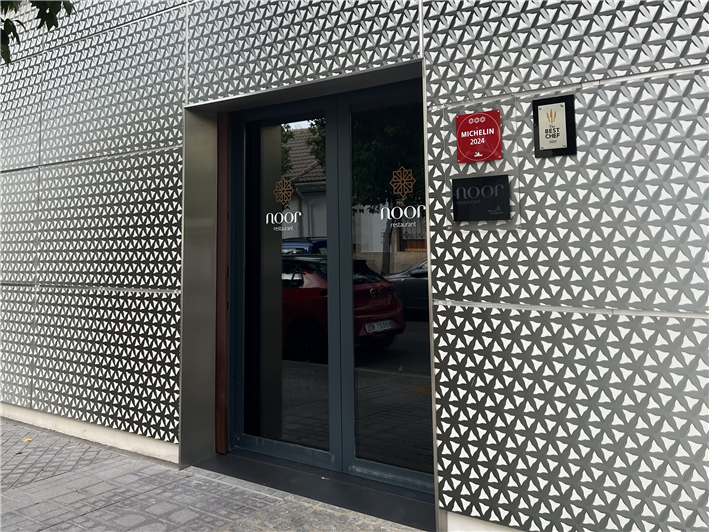

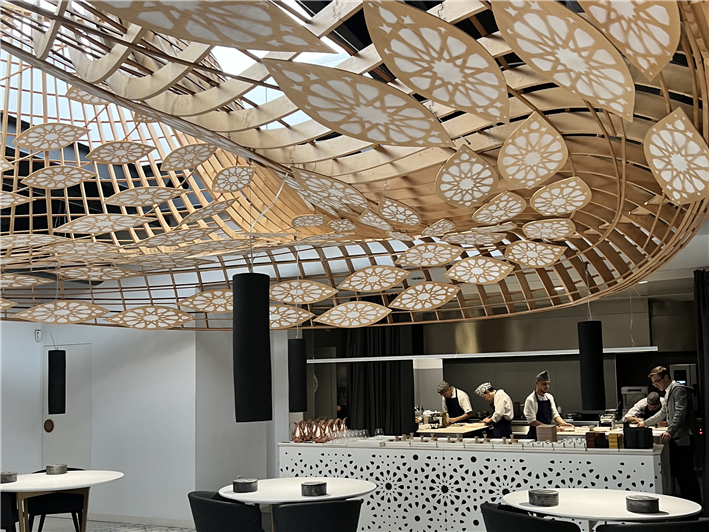
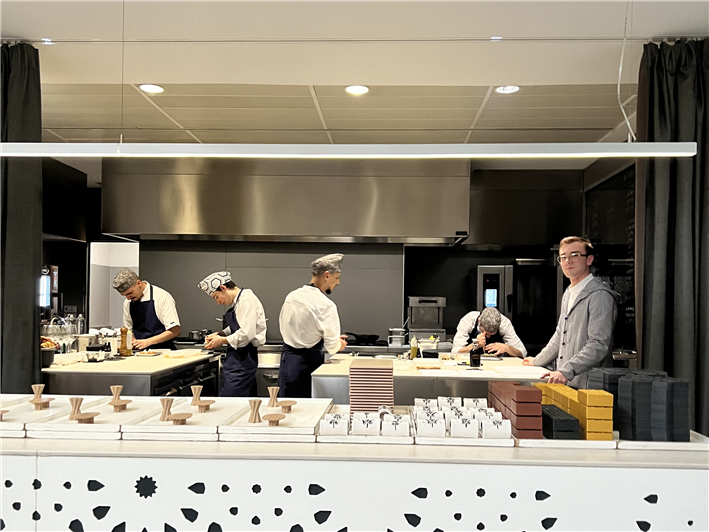


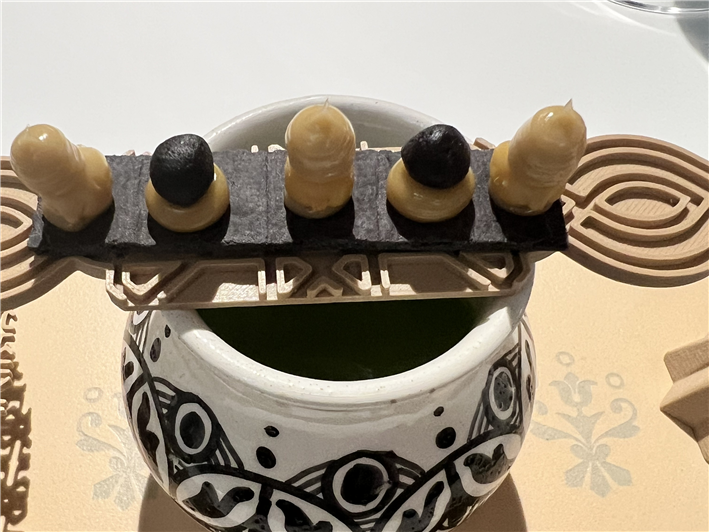
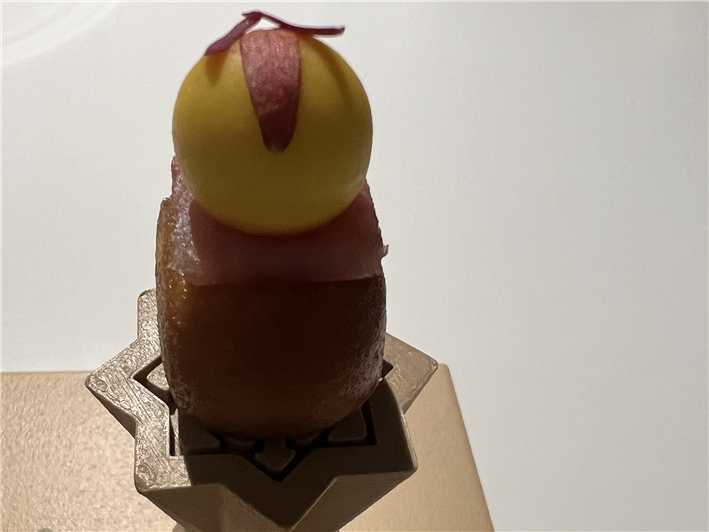


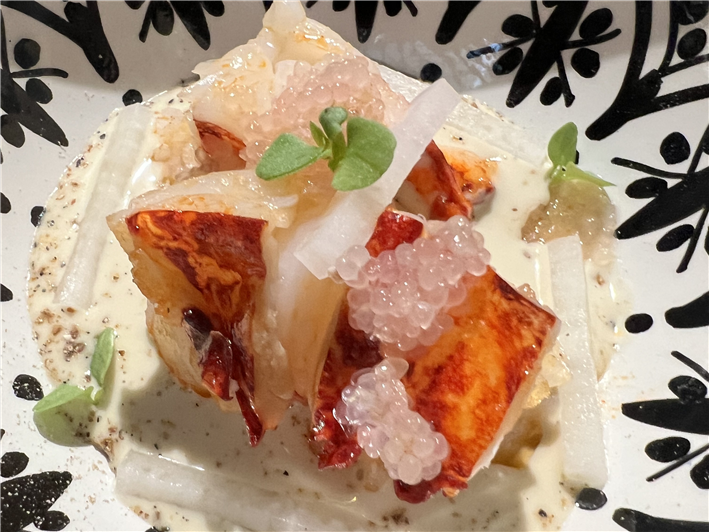
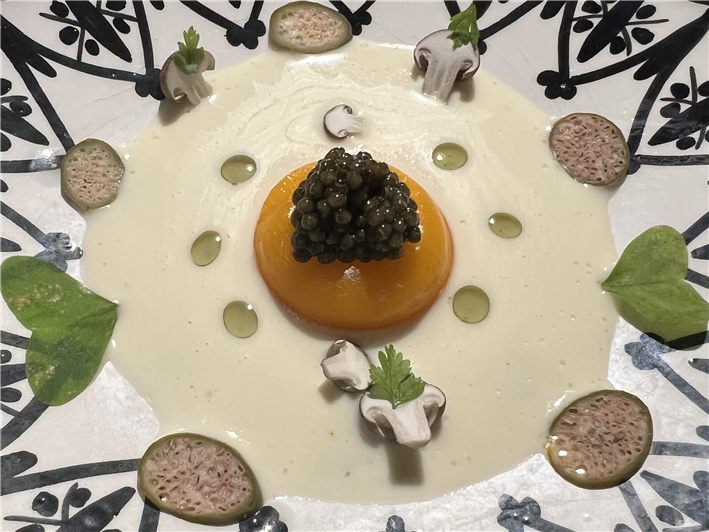
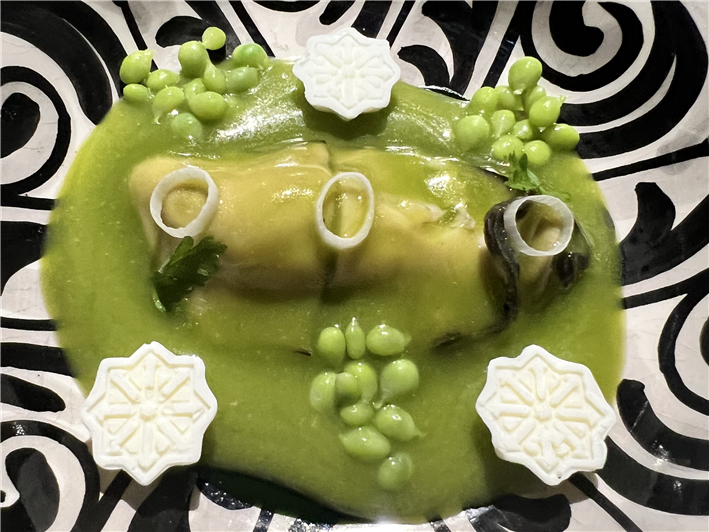

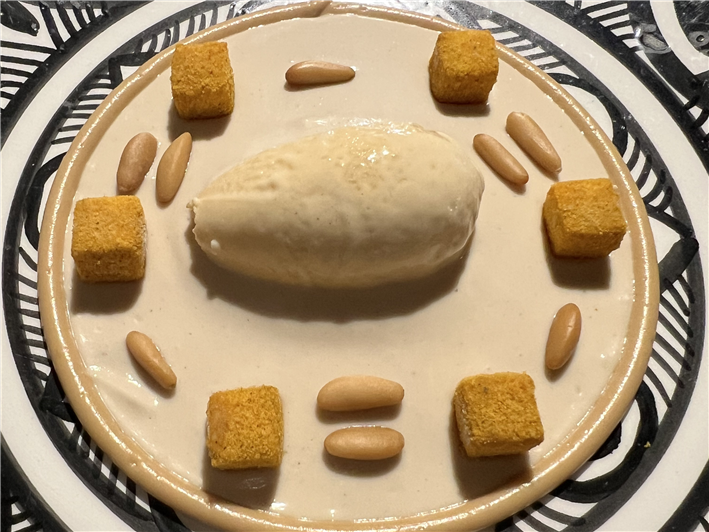




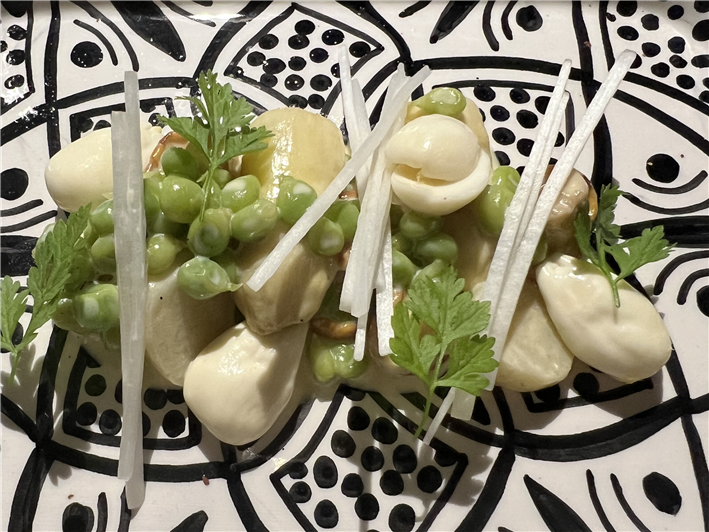

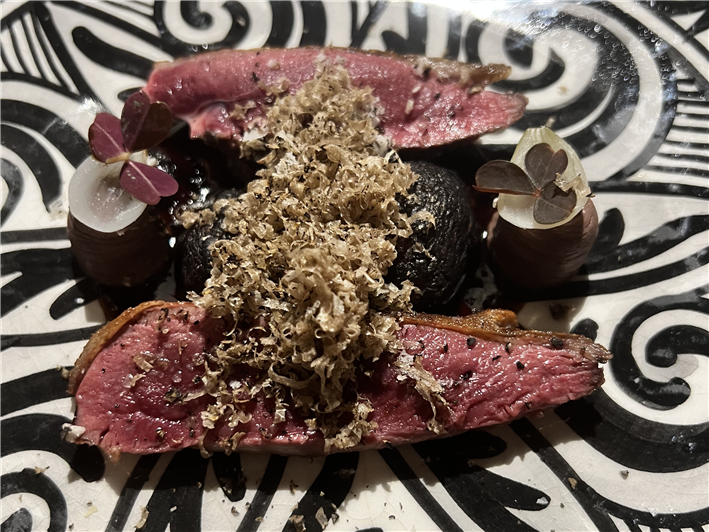
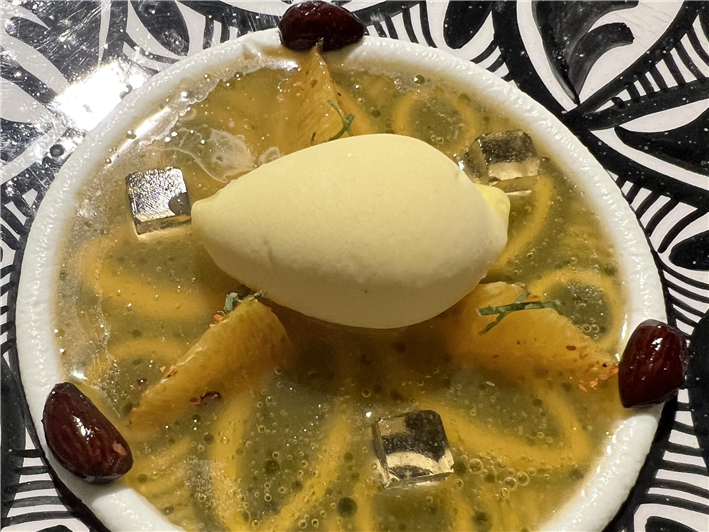
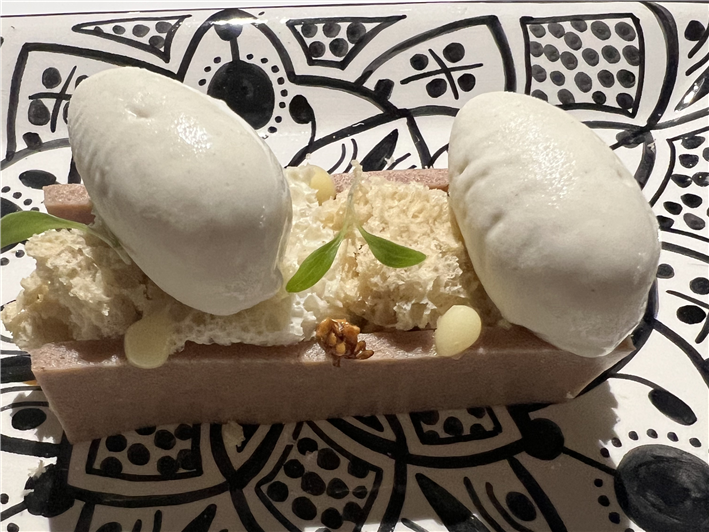
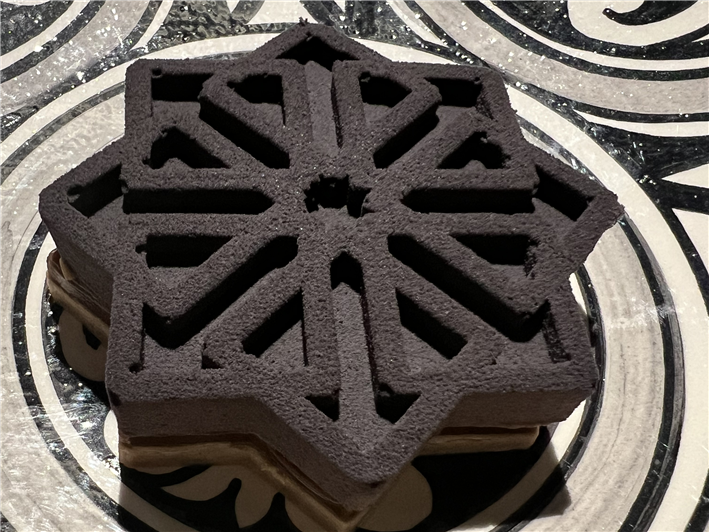
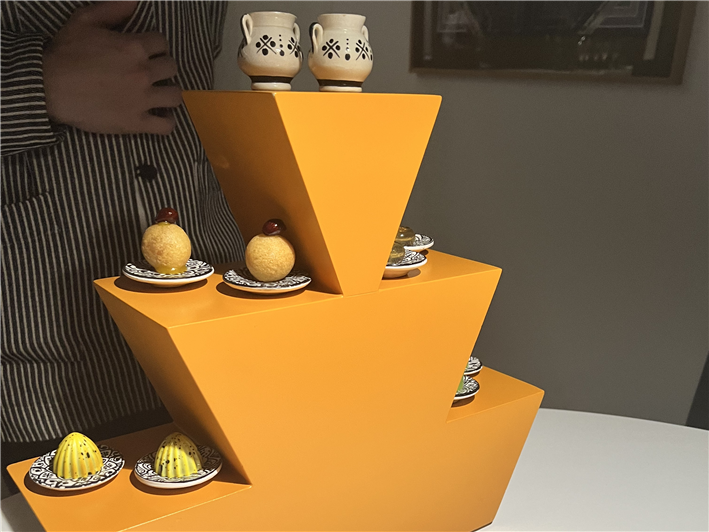


Jos
Hi Andy, You should go to Maralba in Almansa. One of my favourite restaurants ever.